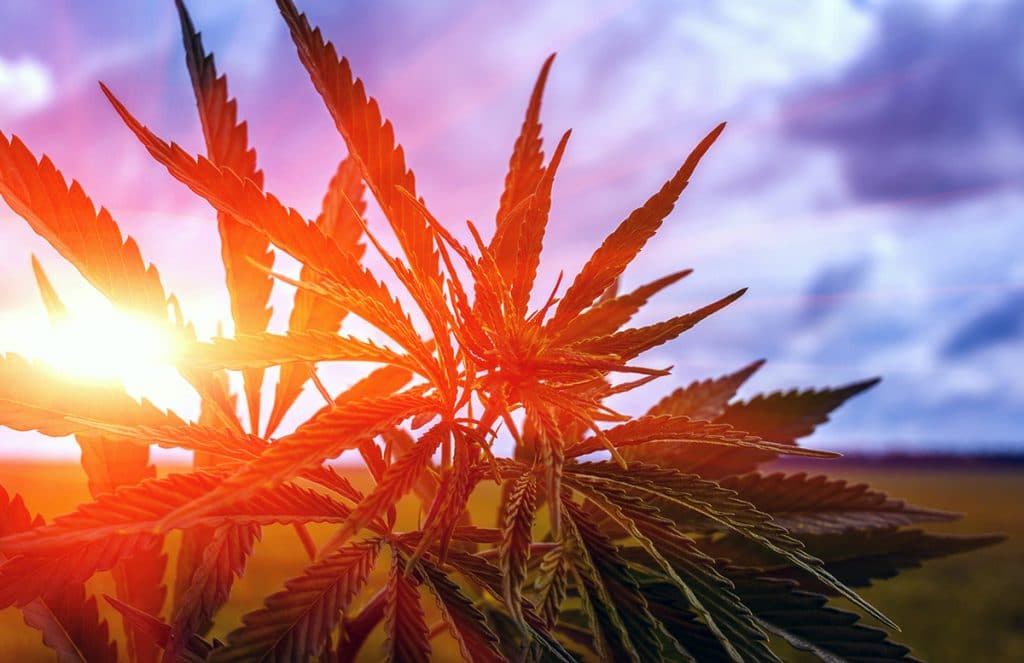By: Paul Stevenson
After learning the licensing requirements in Part I of this Series and the complex rules and regulations on the sampling and testing of hemp in Part II, it is now time to turn our attention to the USDA plan’s matters of compliance, violations, license suspension and revocation, and mandatory recordkeeping.
As a hemp producer, if you violate the USDA plan, it is important not to panic. Instead, focus on remedying this situation by complying with the corrective action plan or other enforcement actions imposed by USDA.
Auditing and Compliance
Getting audited is an unpleasant experience and can cause significant stress and concern for those involved. However, strict compliance with the USDA plan can avoid this.
Under the USDA plan, hemp producers may be audited remotely or in person, which could include reviews of records and documentation and/or on-site visits to locations affiliated with hemp operations. These audits may include the current crop year and any prior crop year, but they may only occur once every three years (unless USDA determines otherwise). USDA must send audit reports to licensed hemp producers within 60 days of the audit’s conclusion.
If USDA finds that a hemp producer is not in compliance with the USDA plan, a “corrective action plan” shall be implemented. According to the USDA, a “corrective action plan” is defined as a “plan established by a State, tribal government or USDA for a licensed hemp producer to correct a negligent violation or non-compliance with a hemp production plan and this part.” USDA § 990.28. Furthermore, USDA may review whether the hemp producer has implemented the corrective action plan in a future audit or on-site visit.
Negligent Violations of the USDA Plan
If hemp producers negligently violate the USDA plan, USDA could subject them to certain enforcement actions and corrective action plans. Under the USDA plan, “[n]egligence” is defined as the “[f]ailure to exercise the level of care that a reasonably prudent person would exercise in complying with the regulations set forth under this part.” Id. at § 990.1. Negligent violations are not subject to criminal enforcement, but if the violation is committed with a culpable mental state greater than negligence (intent, knowledge, or recklessness), USDA will report this to the Attorney General and the applicable State’s chief law enforcement officer.
Negligent violations under the USDA plan include the following: failing to submit an accurate legal description of the land on which hemp is produced, producing hemp without a license, and producing cannabis exceeding the acceptable hemp THC level. See id. at § 990.29. However, it is essential to note that if a hemp producer uses reasonable efforts to grow hemp and it exceeds the acceptable hemp THC level of 0.3 percent but does not have a THC concentration level of 0.5 percent or more, then USDA will not consider this to be a negligent violation. See id.
If a hemp producer commits a negligent violation, USDA will issue a Notice of Violation and will require the producer to comply with a corrective action plan to cure their violation. These corrective action plans will be imposed for at least two years from when approved, and they will include information on when the producer shall correct their negligent violations, as well as certain steps and procedures on how the producer shall comply with the corrective action plan.
A more stringent corrective action plan must be submitted by USDA if a hemp producer commits a subsequent negligent violation while a corrective action plan is already in place. Furthermore, a hemp producer that “negligently violates the license 3 times in a 5-year period shall have their license revoked and be ineligible to produce hemp for a period of 5 years beginning on the date of the third violation.” Id.
License Suspension and Revocation
As a more drastic measure, USDA may suspend a hemp producer’s license if USDA receives some “credible evidence” that the licensee either engaged in conduct violating the USDA plan or failed to comply with an AMS administrator’s written order regarding a negligent violation. See id. at § 990.30. Examples of “credible evidence” might include evidence or information received from local law enforcement on untested hemp crops or hemp being grown on an unapproved site. If a hemp producer’s license does get suspended, he shall not produce, handle, or remove hemp during the period of suspension. However, the producer may opt to appeal the suspension. If the producer is unsuccessful on appeal, their license may be restored after a period of one year from the suspension, but the producer might also have to complete a corrective action plan.
Most drastic of all is the punishment of a license revocation. USDA will immediately revoke a hemp producer’s license if they are convicted of (or plead guilty to) a felony relating to a controlled substance, if they make any materially false statement under the USDA plan with a higher culpable mental state than negligence, if they are found to be growing hemp above the acceptable THC level with a higher culpable mental state than negligence, or if they negligently violated the USDA plan three times in five years. See id. at § 990.31.
Hemp Producers’ Recordkeeping Requirements
Bookkeeping: a mundane, yet essential and important requirement of most businesses. Licensed hemp producers must maintain records of all hemp plants acquired, produced, stored, and disposed of for a minimum of three years. These records shall be available to USDA auditors and inspectors during normal business hours. Furthermore, USDA will have access to submitted confidential data and business information, and USDA may share this information with applicable Federal, State, Tribal, or local law enforcement in compliance with this plan. See id. at § 990.71.
Annual reports must be sent to USDA by December 15 of each year. Licensed hemp producers must provide the following information in their annual reports: “(1) Producer’s license number; (2) Producer’s name; (3) Producer’s address; (4) Lot, location type, geospatial location, total planted acreage, total acreage disposed, and total harvested acreage.” Id.
Proper documentation will be essential for compliance with the USDA plan.
Final Comments:
We hope you have enjoyed, as well as learned from, the information presented in our USDA Hemp Production Plan series.






